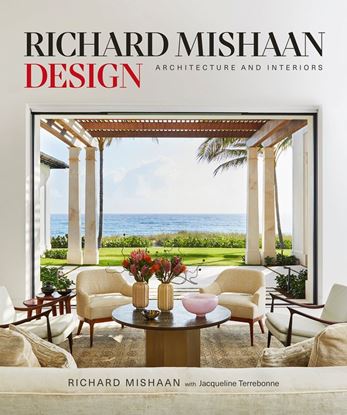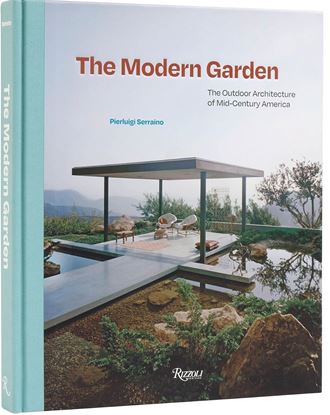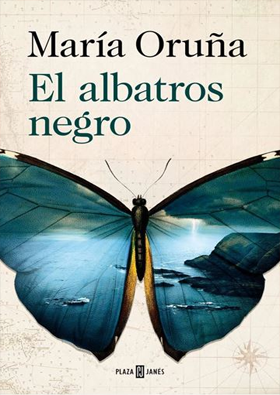

NOVEDADES
PIETRO CICOGNANI ARCHITECTURE AND DESIGN
For 30 years, Italian-born Pietro Cicognani has been designing highly customized and exquisitely crafted country houses, city apartments, outbuildings, pool houses, and even garden plans for an A-list clientele. In the first monograph of his work, some 20 of his notable projects are featured, including a converted barn complex on Long Island, a sprawling estate in upstate New York, a chic minimalist town house in Manhattan, and a romantic seaside house and elaborate garden in the Hamptons. Whether new construction or gut renovation, each project is designed in collaboration with the finest artisans, craftspeople, and exceptional interior designers. Illustrated with photographs by Francesco Lagnese, as well as site and floor plans and drawings, the book includes a foreword by Isabella Rossellini, whose country home Cicognani designed.
4,800
RICHARD MISHAAN DESIGN ARCHITECTURE
Richard Mishaan is renowned for his masterly integration of textiles, palettes rich in complementary shades, natural materials forged by artisans, surfaces bedecked with talismanic curios, a strategic sense of when and where to place a mirror, and a deep knowledge of both the fine and decorative arts. His many influences, including his upbringing in Colombia, coupled with his idiosyncratic perspective, explain why his sophisticated clientele return repeatedly as their lives evolve.
In Richard Mishaan Design, his working methods are revealed in projects as varied as the conversion of a 400-year-old barn in the Hamptons into a warm, inviting family home and the transformation of an ultra-modern, glass-walled New York City apartment into a comfortable yet sophisticated aerie. Here too are show houses, which he uses as experimental laboratories, working out such diverse design ideas as updating legendary designer Renzo Mongiardino’s aesthetic and achieving a chic look on a tight budget. He has also designed rooms in bespoke hotels, ranging from the Rat Pack–influenced Shelborne South Beach in Miami to the Tcherassi, a renovated 250-year-old mansion in Cartagena, Colombia.
4,800
THE MODERN GARDEN
The treasures of mid-century American architecture have long been celebrated. Less appreciated has been the landscape design that provides the framing for these masterworks. But more than frame, landscape architecture is an art worthy of the spotlight, particularly at mid-century, when the notion that “gardens are outdoor spaces for people to live in” was championed and brought to the fore; now gardens and landscapes are not just external attributes to the house but a continuation of it and its living spaces in a relationship of symbiosis, with its pools and terraces, its winding lawns, and its partly enclosed room-like spaces flanked by brick or stone or plantings in a range of colors and forms.
4,900











